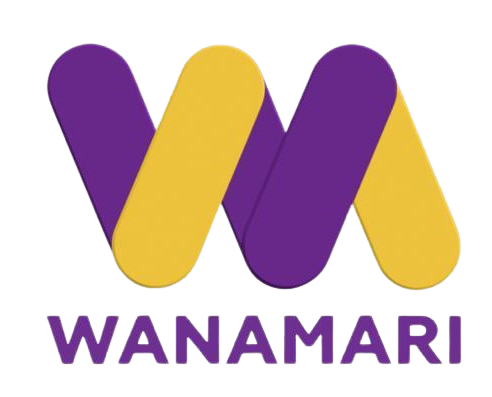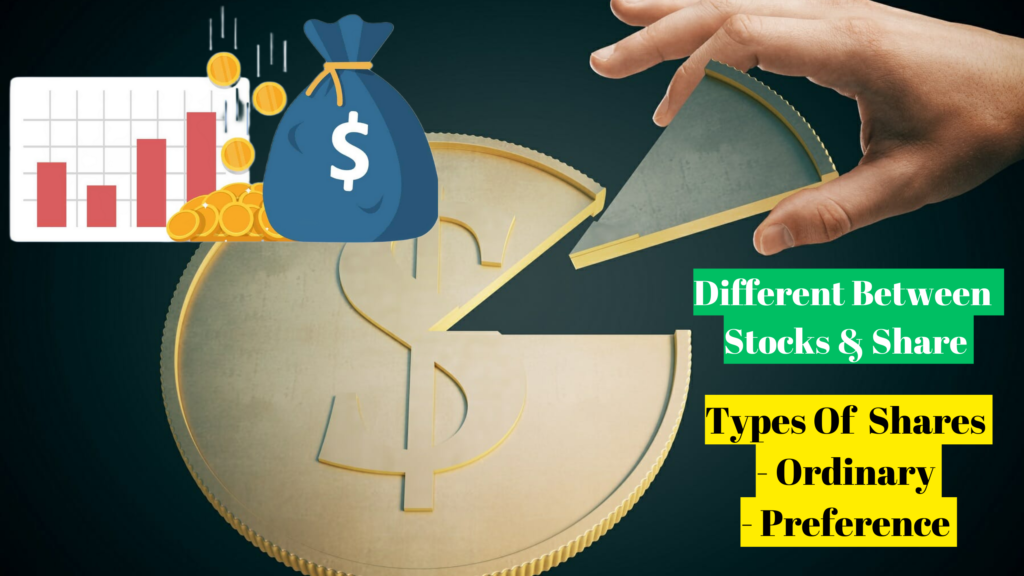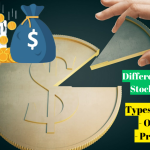Both ordinary shares and preference shares give shareholders ownership in a company, but they can be different from each other in some important ways. We take a look at the main points that differentiate them.
Ordinary Shares
Shares are unit of ownership in a company. When you initially incorporate a new company it’s most common that there is only one class of shares – known as ‘ordinary shares’. These shares all have exactly the same key rights in the company, the most important being:
- Voting rights.
- Dividend rights.
- Right to ownership in the company.
With a single class of ordinary shares these rights are proportionate. For example, if you had ten shares out of 100 you would be entitled to 10% voting rights in, and ownership of the company.
However, under English law share classes are theoretically unlimited, and as companies grow and become more sophisticated they often create more than one class of shares. These additional classes of shares are often referred to as preference shares.
Preference Shares:
Companies are free to create many different types of shares with often varied rights.
Within early-stage / venture investing, there are common variations that tend to be seen. These variations focus on one of two areas – economics and voting.
- Economics
There are three main ways in which a company will return value to shareholders:
- Dividends – A payment to shareholders out of the company’s profits.
- Exit – The sale of the business, such as to a corporate purchaser, or the listing of the company’s shares on the stock exchange.
- Liquidation – A high proportion of startups fail and when they do they may often have surplus cash and assets. After the company’s debts are settled there may be some value remaining. This is then returned to shareholders.
- Although directors are appointed by shareholders to run the company on their behalf, it’s ultimately the shareholders, via their votes, who have control of the company.
- So, when new share classes are created they can flex any one of these rights, or all of them together. These new classes can rank ahead of the ordinary shares, or behind them, or only have some of these rights versus ordinary shares
How preference shares are normally used
‘Preference shares’ usually refers to a share class that ranks ahead of ordinary shares in some way when it comes to economic returns.
Again, this can take many forms, but in today’s market there’s a common form of preference share that’s used for venture investing – the 1x, non-participating, convertible preference share.
The rights for such a share will be as follows:
- The right to a return on an exit or liquidation event of one times the amount paid for those shares (“1x”),
- Before the ordinary shares are paid anything,
- After which the ordinary shares will receive a proportionate amount of the remainder of the proceeds (and the preference shares don’t “participate” in this proportionate return).
So, if you’ve invested for a return, why would you only take back the money you put in (i.e. your 1x)?
This is where conversion comes in. Such preference shares can usually be converted into ordinary shares on notice to the company. If it looks like the company is likely to exit for higher than the valuation than the one on which the investors joined the company, it will often make sense to convert into ordinary shares and participate with the rest of the ordinary shareholders.
Whilst less common these days, we do still sometimes see ‘participating’ preference shares. A participating preference share generally gives the holder the right to their preferential payment (e.g. their 1x) and also the right to participate proportionately alongside the ordinary shares.
There are many other variations on the theme, including:
- Capped participating preferences (e.g. you only receive the preference if your return would otherwise be less than 3x).
- Preference shares that aren’t convertible to ordinary shares.
- Multiple of more than 1x.
- Anti-dilution protection or enhanced or entrenched voting provisions.











